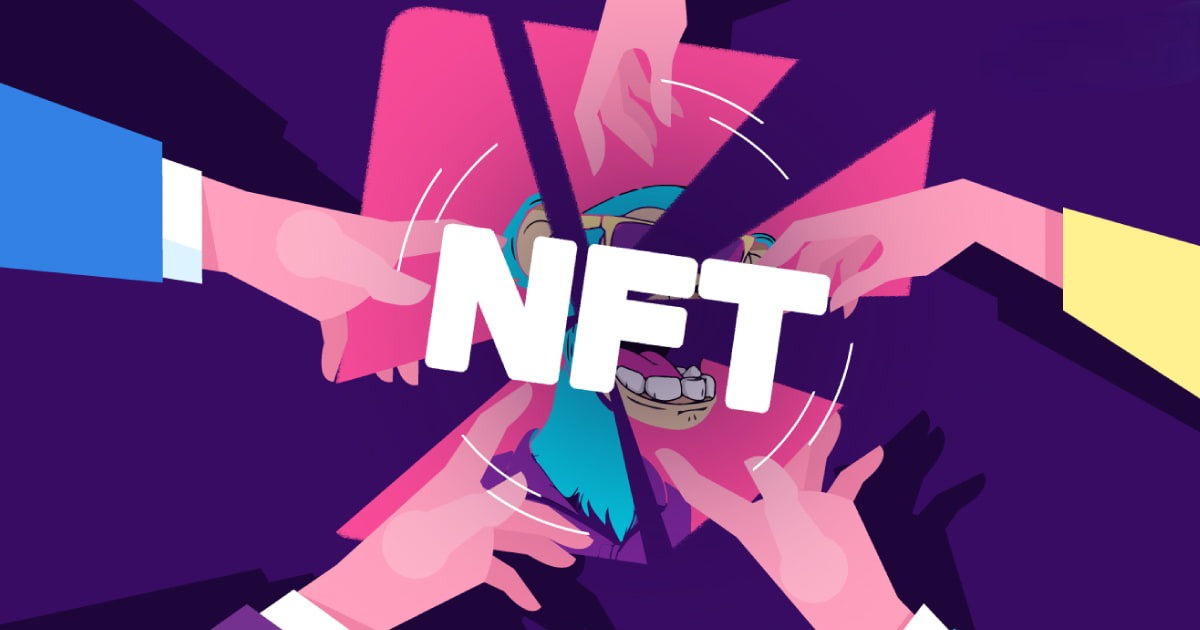In recent years, Non-Fungible Tokens (NFTs) have revolutionized the way we perceive digital assets. They have become a hot topic in the world of blockchain and cryptocurrency. NFTs represent unique items and have been predominantly used for digital art, music, collectibles, and virtual real estate. However, the concept of fractional NFT ownership is changing the game and making these exclusive assets accessible to a broader audience. This article will delve into the concept of fractional NFT ownership, explore the benefits it brings, and analyze its impact on the NFT marketplace.
Understanding NFTs and Their Limitations
Before we delve into fractional NFT ownership, let's first understand what NFTs are and their limitations. NFTs are blockchain-based tokens that represent ownership of a specific asset or piece of content. Unlike cryptocurrencies such as Bitcoin or Ethereum, which are fungible and can be exchanged on a one-to-one basis, NFTs are unique and cannot be exchanged on a like-for-like basis.
While NFTs have gained significant popularity, they do come with some limitations. The high prices of some NFTs make them unaffordable for many enthusiasts. Moreover, owning an entire NFT might not always be feasible, especially for those who want to invest in multiple assets.
What is Fractional NFT Ownership?
Fractional NFT ownership addresses the limitations of whole NFT ownership by allowing investors to purchase a fraction of an NFT, rather than the whole token. In this model, NFTs are divided into smaller, tradable units, enabling multiple investors to collectively own the asset. Each fractional owner holds a percentage of the NFT's value, and the ownership is recorded on the blockchain.
How Fractional NFT Ownership Works
Fractional NFT ownership platforms operate on blockchain technology, ensuring transparency, security, and immutability of ownership records. Here's how the process typically works:
1. Tokenization of NFTs
The NFT is initially tokenized, which involves breaking it down into smaller ERC-20 tokens. Each ERC-20 token represents a fraction of the original NFT. These fractional tokens can then be bought, sold, and traded like traditional cryptocurrencies.
2. Fractional Ownership Platforms
Several platforms have emerged to facilitate fractional NFT ownership. These platforms allow users to browse a wide range of NFTs and invest in fractions of the assets they find valuable. Investors can own a share of a high-value NFT that was once out of their financial reach.
3. Smart Contracts
Smart contracts govern the fractional NFT ownership process, ensuring that the ownership and distribution of rewards among fractional owners are automated and transparent. These contracts also enable the easy transfer of fractional NFTs between users.
The Benefits of Fractional NFT Ownership
Fractional NFT ownership opens up several opportunities and benefits for both creators and investors:
1. Increased Liquidity
By dividing NFTs into smaller fractions, liquidity in the NFT market increases significantly. Investors can easily buy or sell fractional NFTs without having to sell the entire asset, making it more convenient to enter and exit the market.
2. Diversification of Investment
Fractional ownership allows investors to diversify their NFT portfolio without committing to one expensive asset. They can invest in a wide range of NFTs, spreading their risks and potentially increasing their returns.
3. Accessibility to Exclusive Assets
Fractional ownership enables smaller investors to access exclusive, high-value NFTs that were previously reserved for the wealthy elite. Now, anyone can participate in the ownership of unique digital assets.
4. Enhanced Collaboration and Community Building
Fractional NFT ownership fosters a sense of community among investors who collectively own an asset. They can engage in discussions, share insights, and strategize together, enhancing the overall experience.
The Impact of Fractional NFT Ownership on the NFT Marketplace
Fractional NFT ownership has brought a paradigm shift to the NFT marketplace. Its impact can be seen in several key areas:
1. Democratization of NFT Ownership
The democratization of NFT ownership allows a more inclusive audience to participate in the growing NFT ecosystem. This inclusivity fosters a broader and more diverse NFT community.
2. Increased NFT Market Activity
With fractional ownership, more transactions occur within the NFT market, leading to increased activity and engagement. This heightened interest benefits both creators and investors alike.
3. Market Expansion
Fractional ownership attracts new investors who were previously hesitant due to the high costs of whole NFTs. This influx of investors contributes to the expansion of the overall NFT market.
Final Thoughts
Fractional NFT ownership is a groundbreaking development in the world of NFTs. By breaking down the barriers of entry, it has made exclusive digital assets accessible to a wider audience. The potential for increased liquidity, diversification of investments, and enhanced community building positions fractional NFT ownership as a significant game-changer in the NFT market.


No comments yet